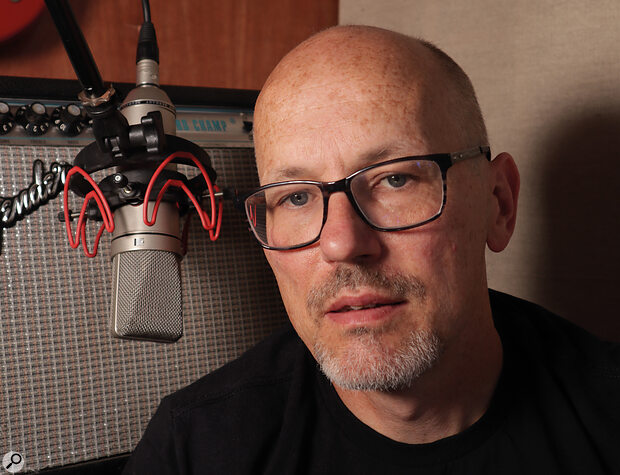Some people see modelled equipment as a lacklustre substitute for the real thing. Others view it as an amazing opportunity for modern musicians to access vintage gear without all the maintenance headaches, space issues, cost overheads and functional limitations that come with the real thing. But to my mind, both schools of thought overlook the most important differences, which are more to do with workflow than sound.
For example, the Internet abounds with purists who will tell you that no soft synth can match the warmth of a real Roland Jupiter‑8. I’m not going to pretend that I don’t regret selling my own Jupiter‑8 many years ago, but that’s not because its sound can’t be recreated digitally. It’s because there’s something about the Jupiter‑8 as an object that is inevitably missing in any recreation. I don’t know whether the patches I lovingly crafted could be precisely replicated using something like Acustica’s THING, as reviewed in this issue, but to me, that is secondary. The point is that I wouldn’t have come up with those patches if I’d been sat behind a screen, mouse and controller keyboard. For better or worse, I’d have made different choices.
The same is true of modelling mics such as the Slate VMS 2 that graces this issue’s cover. I recently did a couple of mic comparisons with a singer. I put up all the usual suspects, such as a Neumann U87 and an AKG C414. We decided that his voice didn’t suit capacitor mics at all, and tracked him with a Sennheiser MD441, which seemed to us the perfect fit. On his previous batch of recordings, however, the engineer used a modelling mic, and I’m pretty sure they chose a model that we rejected utterly. Guess what? Those recordings sound great too.
The lesson here is not that all mics sound the same, or that modelled mics are somehow inaccurate. It’s that choices are always made within a context, and modelling changes the context. With a modelling mic, you can compare endless options without any variation in mic position or distance. But you don’t get to hear how the singer responds to the physical presence of those different mics, or how they interact with your preamps. And, once again, you make different choices. You need to spend time with any piece of gear to get the best from it, and modelling gear adds a second layer to this equation, because you need to get to know both the modelling system and the things it’s modelling.
Modelling isn’t better or worse than the real thing. It’s just different.
Modelling isn’t better or worse than the real thing. It’s just different — and acknowledging that difference is key to getting the best from any modelling system.
Sam Inglis Editor In Chief

